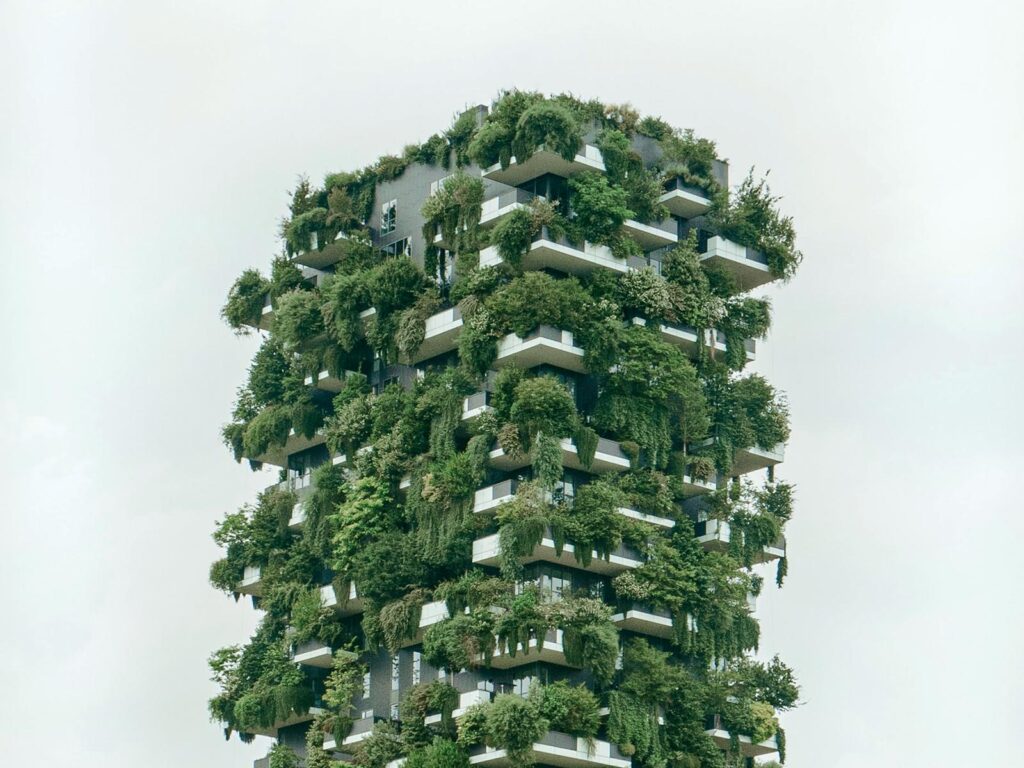Nature is taking back its own spaces, and launches an invasion over urban hotspots through new and unexpected green oases.
Trees, gardens and vegetable fields are blossoming between the terraces and rooftops of city centres, and are revolutionising their aesthetics, habitability and healthiness. Small areas for well-being will to be exploited to their maximum potential with smart furnishings and solutions.
Among the seven wonders of the ancient world, the one that we tend to remember most easily are the hanging gardens of Babylon perhaps because people suggest they can conjure something up. Structures between history and myth, which represent an architectural work of art in people’s collective imagination, and where nature is at the forefront of both the public and private lives of the inhabitants.
If we jump forward approximately two and a half millennia to date, we can observe that green architectures are increasing manifold in big cities all over the world and vertical gardens are becoming the icon of a new concept for skyscrapers, city centres and for sustainability, both for humans and for the environment.

Asd Conceiving urban planning spaces nowadays means people need to know how to design around the demands of the natural element in terms of the impact on the environment, energy and the landscape: it is no longer a contrast between what is green and concrete, but more a case of a total and mutual alliance for habitability, health, reduction consumption levels and improving air quality.
There are a number of examples of this turnaround in architecture and urban engineering and these provide an extraordinary overview of how sustainability and beauty can form a winning combination, which is capable of providing a concrete format for almost any imaginative constructions; just like the gardens of Babylon.
Bringing the green outdoor into buildings and skyscrapers does actually have innumerable advantages, as it not only allows consumption levels and CO2 emissions to be reduced, but it increases the city’s biodiversity, and also improves its aesthetics and health with surroundings which have been designed to guarantee a new psychophysical state of well-being for the people who live there.